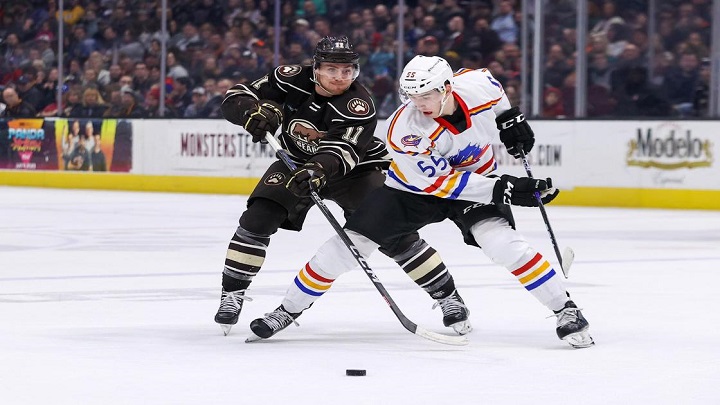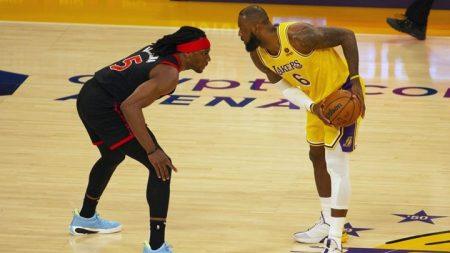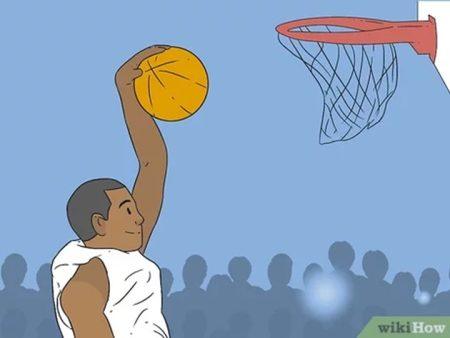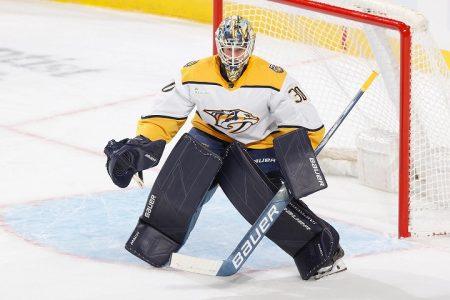In this article, we will delve deep into not just the number of periods in a hockey game, but the reasoning behind it, how it compares to other sports, and how the periods can vary depending on the league or the level of play. By the end, you’ll be equipped with everything you need to know about hockey’s unique time structure.
What is a Period in Hockey?
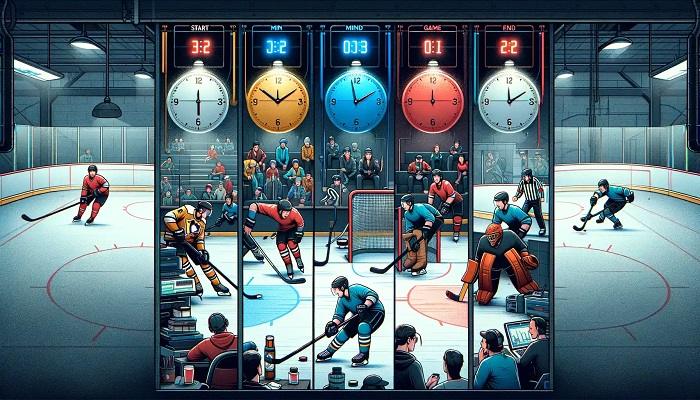
Before we get into the details of how many periods there are, it’s important to understand what a “period” in hockey refers to. Unlike many other sports that break down gameplay into halves or quarters, hockey divides its game time into “periods.”
A period is a segment of time where active gameplay occurs, separated by intermissions. This allows for rest, strategy adjustments, and for players to recharge. The concept of dividing the game into periods enhances the flow of the game, giving it a natural rhythm of action and pause.
Now, let’s break down how many periods exist in hockey and how they differ depending on the league or type of game.
How Many Periods Are There in Professional Ice Hockey?
The National Hockey League (NHL) Format
In the NHL, which is the most prominent professional ice hockey league in the world, the standard game is divided into three periods of equal length. Each period lasts 20 minutes of regulation time, for a total of 60 minutes of play. Between each period, there is an intermission of around 15-18 minutes.
Here’s the breakdown:
- 1st Period: 20 minutes of play, followed by a 15-18 minute intermission
- 2nd Period: 20 minutes of play, followed by another 15-18 minute intermission
- 3rd Period: 20 minutes of play
If the game ends in a tie after the three periods, overtime or a shootout will determine the winner, depending on the circumstances (more on this later).
Why Three Periods?
The structure of three periods was introduced in 1910, and it remains one of the core characteristics of hockey today. But why three? The idea behind dividing the game into three periods rather than halves or quarters is largely to balance the intensity of the game. Hockey is physically demanding, and giving players two intermissions instead of just one (as in soccer) allows for better performance and less fatigue.
Furthermore, the ice itself benefits from this break. Unlike a soccer field or a basketball court, an ice rink degrades during play as players skate across it. The intermissions allow for resurfacing the ice with a Zamboni, ensuring optimal playing conditions for the athletes.
Overtime in the NHL: What Happens After Three Periods?
If a game is tied after the three regulation periods, the next step depends on whether it’s a regular season game or a playoff game.
Regular Season Overtime
In the regular season of the NHL, if the score is tied at the end of three periods, the game goes into a sudden-death overtime period. This means the first team to score wins the game. Overtime lasts for 5 minutes, and the teams play 3-on-3 hockey, rather than the usual 5-on-5, to open up the ice and encourage quicker scoring.
If no team scores during the 5-minute overtime period, the game proceeds to a shootout, where players take turns trying to score on the opposing goalie in a 1-on-1 situation.
Playoff Overtime
In the Stanley Cup Playoffs, the situation is a bit different. If the game is tied after three periods, teams will play a full 20-minute sudden-death overtime period, with the same 5-on-5 format as in regulation time. This process repeats until one team scores and wins the game. There are no shootouts in the playoffs — the game will continue in multiple overtime periods if necessary, making for some marathon games that have gone down in hockey history.
How Many Periods in International and Olympic Hockey?
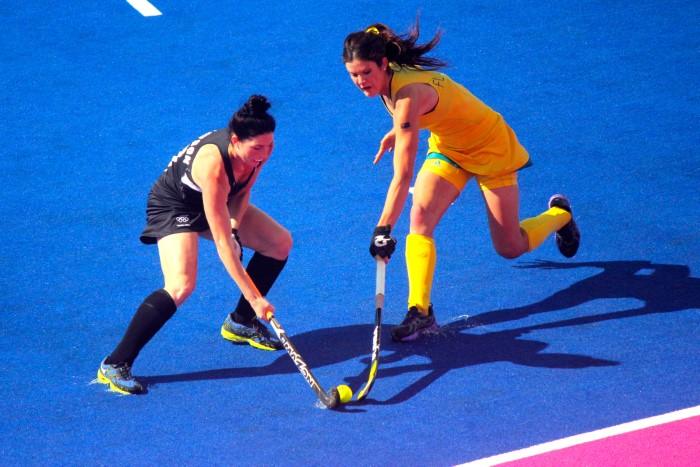
International ice hockey, governed by the International Ice Hockey Federation (IIHF), follows a format very similar to the NHL. In both the World Championships and the Winter Olympics, games are divided into three 20-minute periods.
The major difference comes in the overtime rules. For example, in Olympic knockout rounds, if the game is tied after three periods, teams will play a 10-minute sudden-death overtime in a 4-on-4 format. If no one scores, the game goes to a shootout. In gold medal games, however, overtime lasts for 20 minutes.
Minor League and Junior Hockey Period Structure
Minor League Hockey
In leagues like the American Hockey League (AHL), which serves as a developmental league for the NHL, the game is similarly structured with three 20-minute periods, with identical overtime and shootout rules as the NHL regular season.
Junior Hockey
Junior hockey, played by athletes typically under the age of 21, also follows the three-period structure. The only notable difference may occur in lower-level leagues where shorter game times may be implemented (for example, three periods of 15 minutes).
Recreational and Youth Hockey: Period Length Variations
In recreational or youth hockey leagues, period lengths can vary significantly. While the three-period structure is still the norm, each period is often shorter than the 20-minute periods of professional and junior leagues.
Recreational Leagues
For adult recreational leagues, periods often range from 12 to 20 minutes each, depending on the league rules and available ice time. Some leagues might play with running time (where the clock doesn’t stop for stoppages in play), while others will have stop time, like in professional hockey.
Youth Hockey
Youth hockey, designed for younger players (usually aged 5-18), also typically follows the three-period format, but with periods ranging from 10 to 15 minutes each. Shorter periods are more suitable for younger players who may not have the stamina for longer games. Similar to recreational hockey, some youth leagues use running time, while others use stop time.
How Does Hockey’s Time Structure Compare to Other Sports?
To put hockey’s three-period format into context, let’s compare it to some other popular sports:
Soccer (Football)
Soccer divides its game into two 45-minute halves with a 15-minute halftime. There are no “periods” in soccer, and the game features continuous play with fewer stoppages than hockey.
Basketball
Basketball is typically divided into either two halves (college basketball) or four quarters (professional leagues like the NBA). Each quarter lasts 12 minutes in the NBA and 10 minutes in FIBA play.
American Football
American football games are divided into four quarters, each lasting 15 minutes in the NFL and college football, with an extended halftime break after the second quarter.
Baseball
Baseball doesn’t use a clock but instead is divided into nine innings, where each team gets a turn to bat and field in each inning.
Rugby
Rugby matches are played in two halves of 40 minutes each, similar to soccer. The clock rarely stops in rugby, making it another sport known for its continuous flow.
Hockey’s three-period structure, with its two intermissions, is a unique approach that combines the intensity of shorter periods with regular breaks for players to rest and for the ice to be maintained.
The Impact of the Period Structure on Game Strategy
The three-period structure in hockey significantly impacts how teams approach the game, especially from a strategic perspective. Coaches often divide their game plans into “period strategies,” assessing how well the team is playing after each 20-minute segment.
- First Period: Teams often start cautiously, feeling out the opposition and finding their rhythm.
- Second Period: Known as the “long change” period, where teams are further away from their benches, making it harder to change lines, leading to potential mismatches.
- Third Period: This is often the most intense period, as teams push for a win or try to hold onto a lead.
Why Hockey’s Three Periods Matter
The three-period structure of hockey is more than just a division of time; it’s an integral part of the game’s identity. It ensures that players have the stamina to maintain the intensity of the game, provides opportunities for coaching adjustments, and keeps the ice surface in top condition for the high-speed play hockey is known for.
Whether you’re watching an NHL game, the Olympics, or a local youth match, the rhythm of three periods is a consistent and crucial element of the game. Understanding how these periods are structured gives you deeper insight into the strategies and flow of the sport — and can make watching hockey even more exciting!

